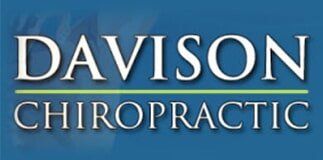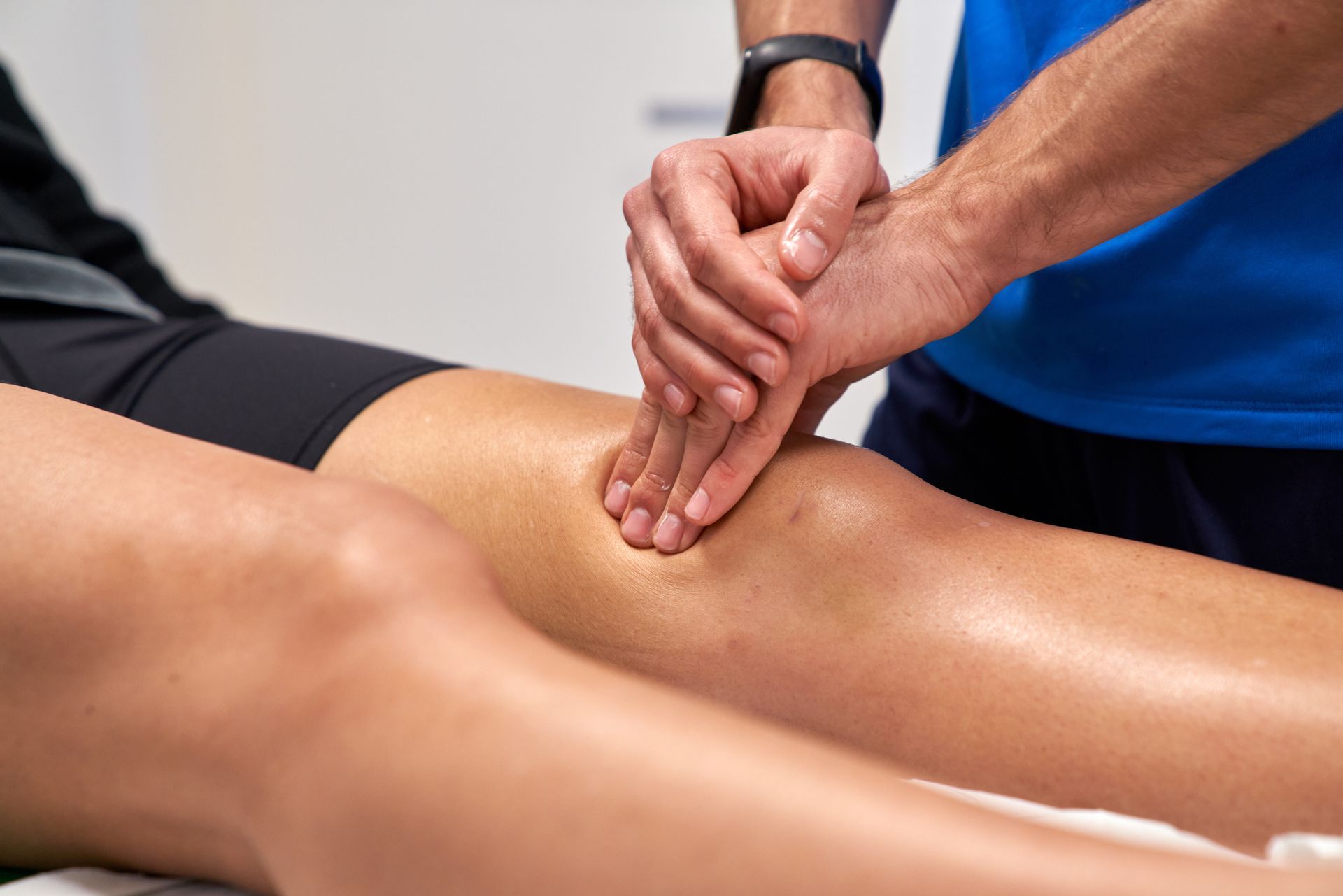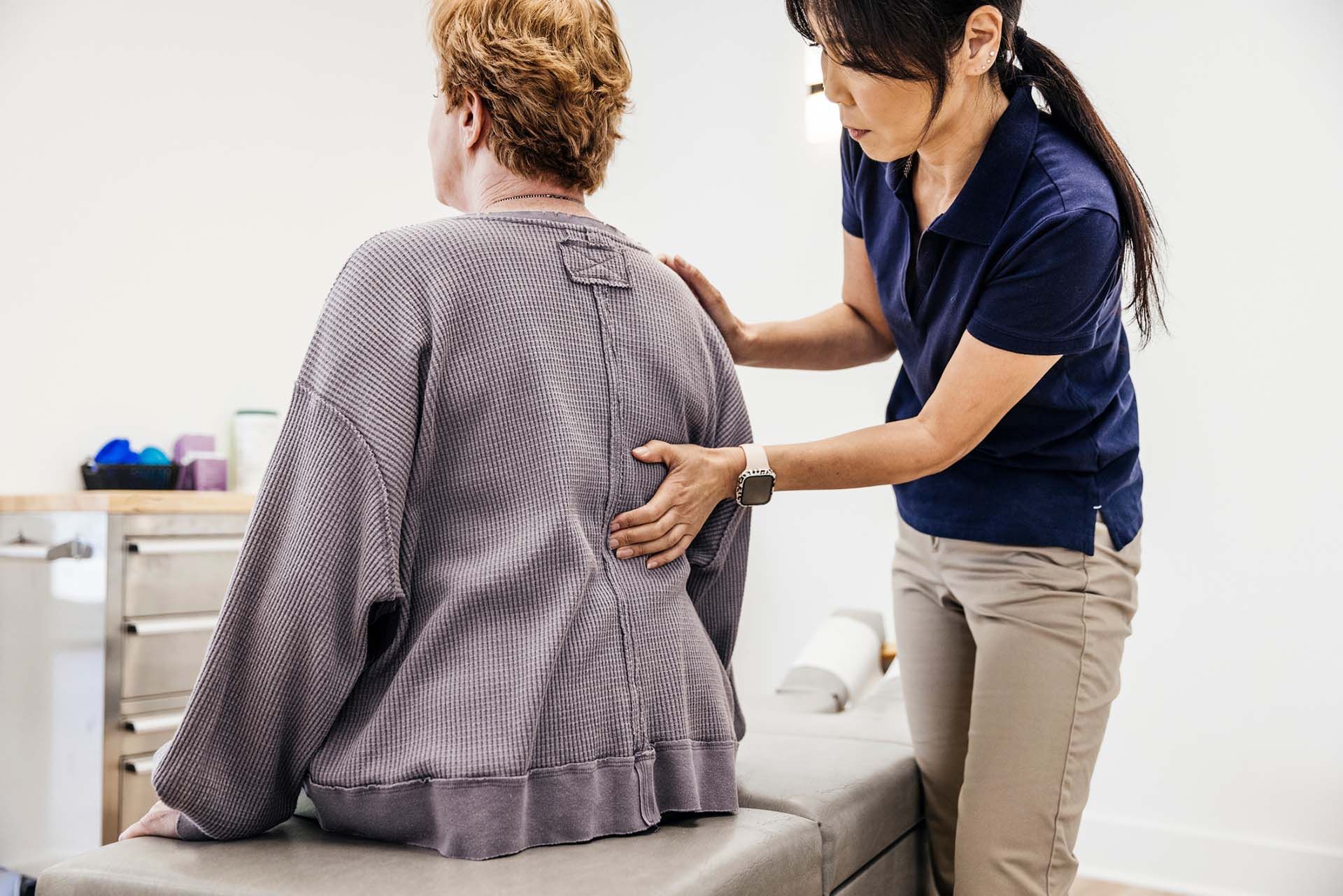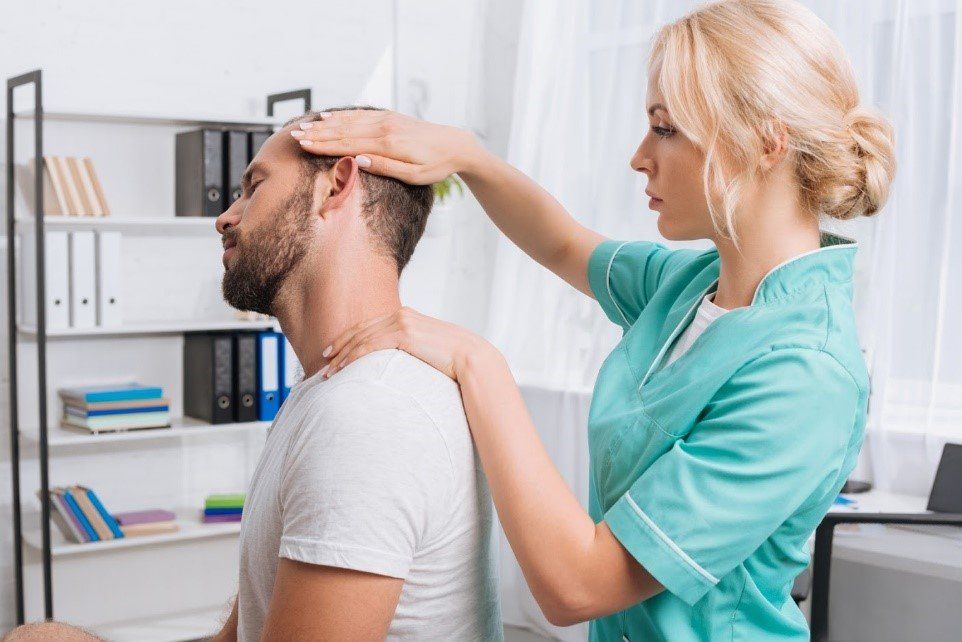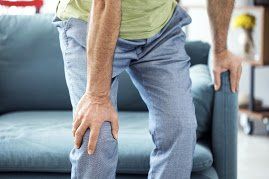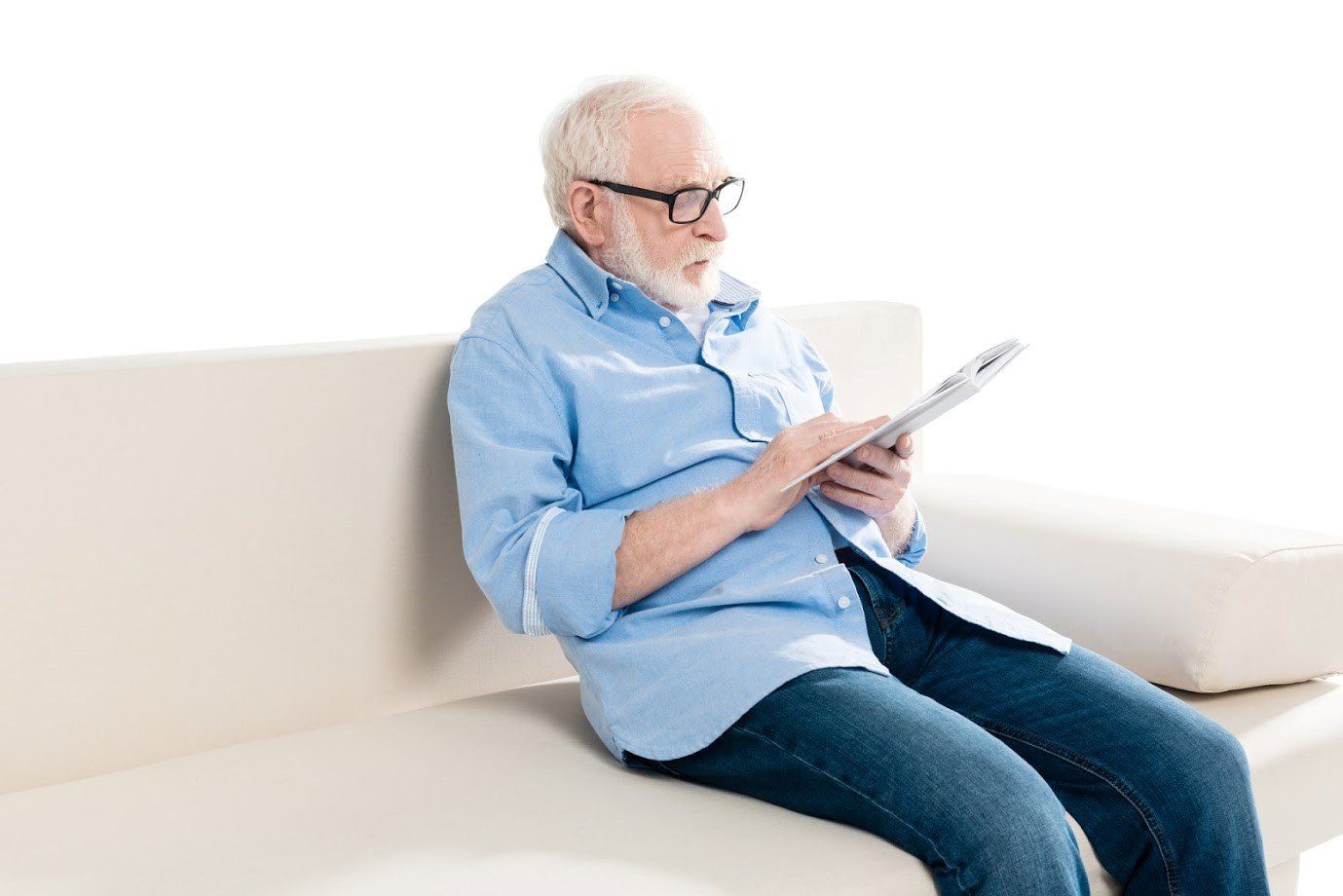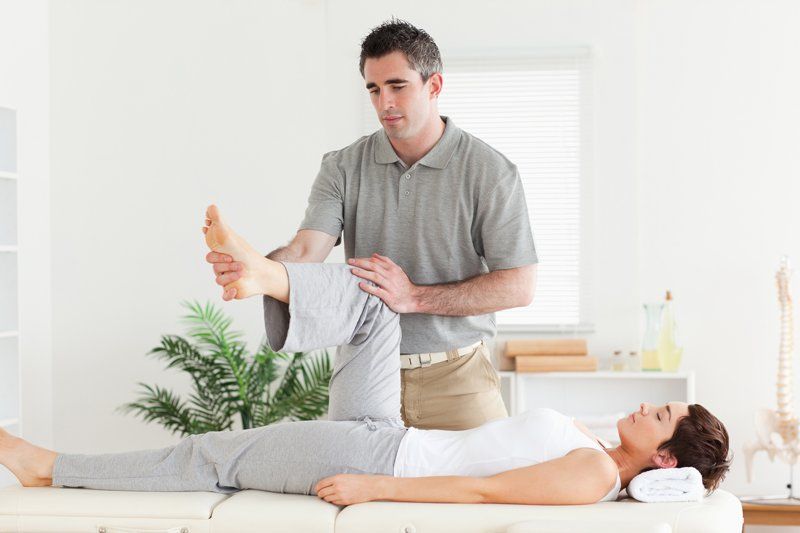Dealing With Neck Pain? Learn About Acute Torticollis
Admin • November 12, 2019
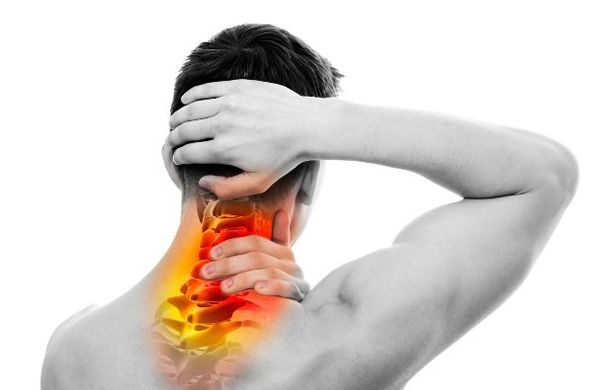
If you have a persistent crick in your neck that doesn't go away, you could have acute torticollis. Acute torticollis, or wry neck, is a condition where your neck develops stiffness in muscles and tendons. Sometimes this stiffness is accompanied by spasms. Talk with your primary care physician or a chiropractor to be sure this is the issue.
Because acute torticollis places your neck and head in an abnormal posture, it can cause a chain reaction throughout your back. Besides having neck pain, you could have shoulder pain, headaches, and back pain as muscles try to compensate for poor posture.
Take a look at what causes acute torticollis, how you can relieve your symptoms, and how a chiropractor can help.
What Causes Acute Torticollis?
Some people confuse acute torticollis with paroxysmal torticollis. Paroxysmal torticollis is a genetic condition that often manifests in infancy. Besides a stiff neck, paroxysmal torticollis can cause vomiting. Acute torticollis can also cause serious symptoms if it isn't taken care of, but it's not an inherited condition. It can be caused by many things, such as:
- Whiplash sprains after a car accident
- Viral or bacterial infections
- Herniated discs
- Injuries that cause scar tissue around the neck
- Poor pillow support
- Awkward sleeping positions
As you can see, acute torticollis can be caused by something simple, like using the wrong pillow, to more serious events like injury. Viral or bacterial infections can cause inflammation and nerve irritation in neck muscles, thus causing torticollis.
Thankfully, many ways exist to relieve your symptoms.
What Can You Do to Relieve Your Symptoms?
If your acute torticollis is from an infection, visit the doctor for antibiotics or whatever medications you will need. Your doctor may prescribe NSAIDs to relieve the swelling or muscle relaxers so that you can avoid spasms.
Ask a chiropractor about wearing a cervical collar. These neck braces provide good support and let guarded muscles relax.
Lastly, alternate between heat packs and ice packs. Ice can reduce swelling in neck, shoulder, and back muscles. Heat increases blood circulation so that your tissues get fresh oxygen and nutrients. Heat therapy also reduces spasms and helps muscles relax.
How Can a Chiropractor Help Acute Torticollis?
Your chiropractor can use many techniques to relieve your torticollis. In broad terms, he or she may use manipulations and/or massage therapy.
Manipulations
Your chiropractor can make adjustments in the lumbar, thoracic, and cervical spine, depending on how the torticollis affects your posture and whether or not it causes pinched nerves.
Some people are hesitant with manual manipulations. If you fall into this category, your chiropractor can use an Arthrostim device. Instead of making one large adjustment, an Arthrostim divides the needed force into multiple, accurate thrusts, which could be more comfortable for you.
Whatever method of manipulation you and your chiropractor choose, you should find relief from torticollis. Manipulations help you correct your posture, relax your muscles, and relieve nerve pressure.
Massage Therapy
Massage therapy is beneficial because it can warm up the muscles without causing pain. Like spinal manipulation, you have many approaches with this therapy. For example, you could get a Swedish massage, which involves long kneading strokes. A Swedish massage could reduce muscle guarding and spasms.
If your torticollis is from an injury, you may have developed scar tissue. If that's the case, your therapist could use trigger-point therapy. Trigger points are simply tight areas of muscle tissue. By placing pressure on these specific points, your therapist can unlock tight areas so that you can heal your range of motion.
Contact Davison Chiropractic for more information on chiropractic services and how you can treat your acute torticollis.
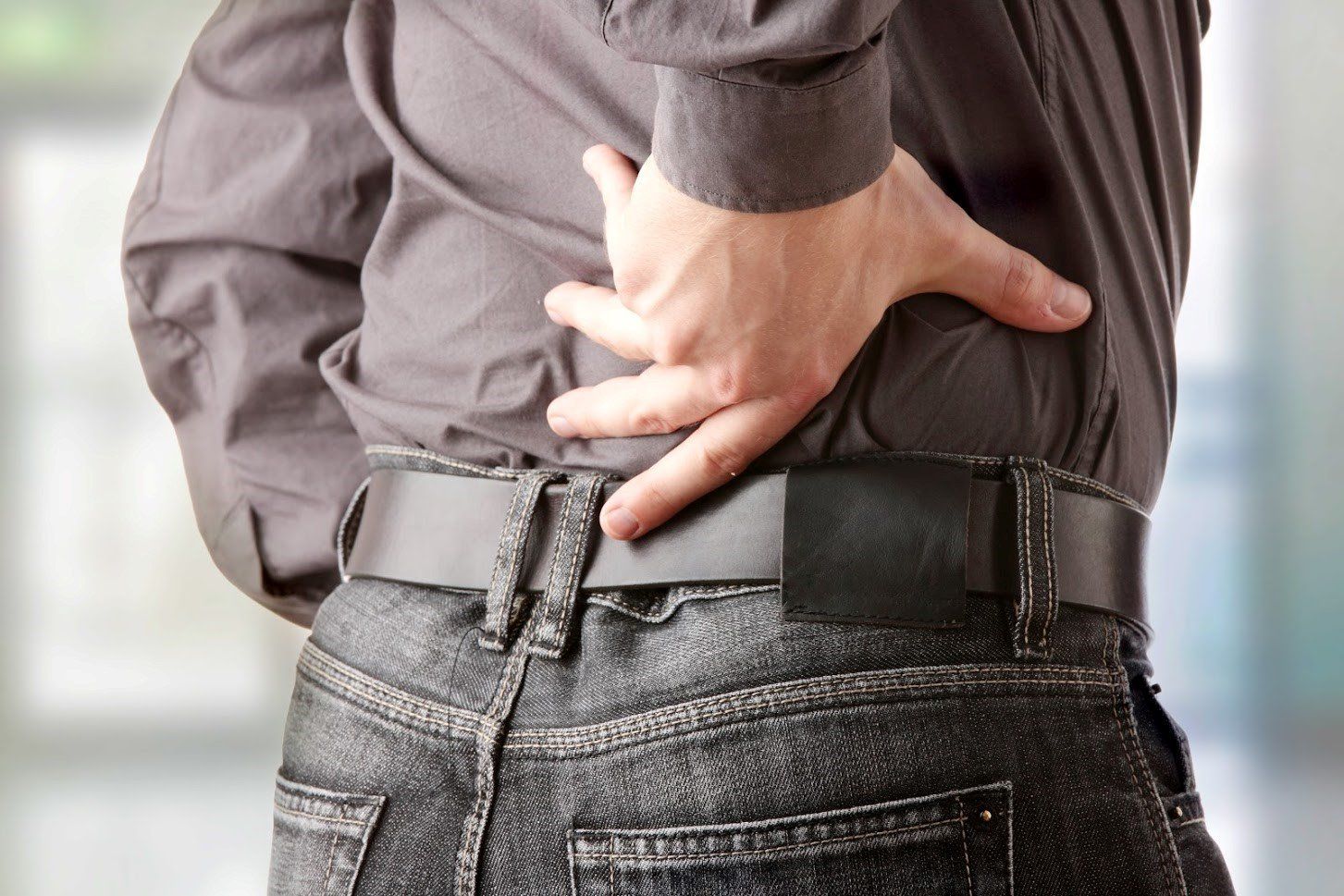
Cold laser therapy, also called low-level laser therapy (LLLT) or low-power laser therapy (LPLT), is a non-surgical pain management treatment suitable for some patients who experience back and neck pain or certain injuries. Chiropractors and other health care professionals apply cold laser therapy to the pained or inflamed areas. The procedure uses a low-level laser that emits near-infrared light. The light from the laser is able to penetrate the skin and reach the body's deeper tissues. Once the tissues absorb the light, it interacts with the body's cells and speeds up the healing process. The laser light also helps reduce pain and swelling in damaged tissues. Uses Cold laser therapy is used primarily on patients who have chronic musculoskeletal pain. While the treatment works on different parts of the body for different injuries, like ligament and muscle strains, patients who have lasting lower back or neck pain often find relief from laser therapy. Cold laser therapy also helps patients who have arthritis, fibromyalgia, carpal tunnel syndrome, hip bursitis, and temporomandibular joint dysfunction (TMJ). Procedure and Results A single treatment session of cold laser therapy is typically short. Most health care professionals who administer the treatment spend 30 seconds to several minutes holding the handheld laser over the affected areas. Treatment sessions that cover a large area, such as the entire lower back, take longer since the laser device will need to be moved around to target one smaller area at a time. The procedure isn't painful, and you won't feel any vibration or hear any noise. Some patients can feel the laser, but most do not report it as uncomfortable. There is no standard for the number and frequency of cold laser therapy treatments. How many sessions you'll need depends on the severity and type of your condition and how well previous treatment sessions work. You may have to wait several weeks to a month to see the full benefit of cold laser therapy, and some patients need to have several short sessions a week to get maximum relief. Cold laser therapy has been the subject of multiple studies that have shown generally favorable results, though many of the studies have small participant groups. This treatment is FDA-approved, so you know it’s safe and effective. Advantages and Disadvantages One of the biggest advantages of cold laser therapy is that it is a non-invasive treatment method. Since cold laser therapy doesn't lead to any downtime for healing, it can be a good treatment choice for patients who experience pain but have busy lifestyles. The therapy also doesn't involve the use of any medications, which makes it appealing to patients seeking drug-free ways to manage their pain. However, you can combine it with medications and other treatment methods to provide additional relief. The main disadvantage many patients report is that cold laser therapy doesn't work immediately. Most patients need multiple treatment sessions — as many as 30 — to see a significant reduction in inflammation and pain. Another downside to cold laser therapy is that some health insurance providers won't cover the cost of the treatment. But some health care practitioners offer billing or payment plans to help patients afford the cost of the treatment. Risks Cold laser therapy is approved for use by the FDA, and it is considered safe for most patients. The treatment has very few side effects and is tolerated very well by most people. Testing on pregnant women is lacking, so pregnant women shouldn't have cold laser therapy. People who have open sores, suspicious moles, or cancerous lesions shouldn't expose their skin to lasers. Davison Chiropractic offers chiropractic adjustments, massage therapy, and pain management treatments to patients in Davison and Lapeer, Michigan and the surrounding areas. Contact us today to schedule an appointment.
